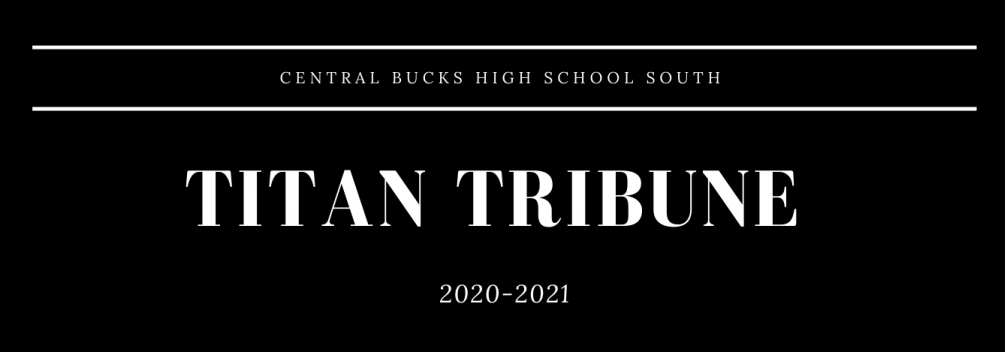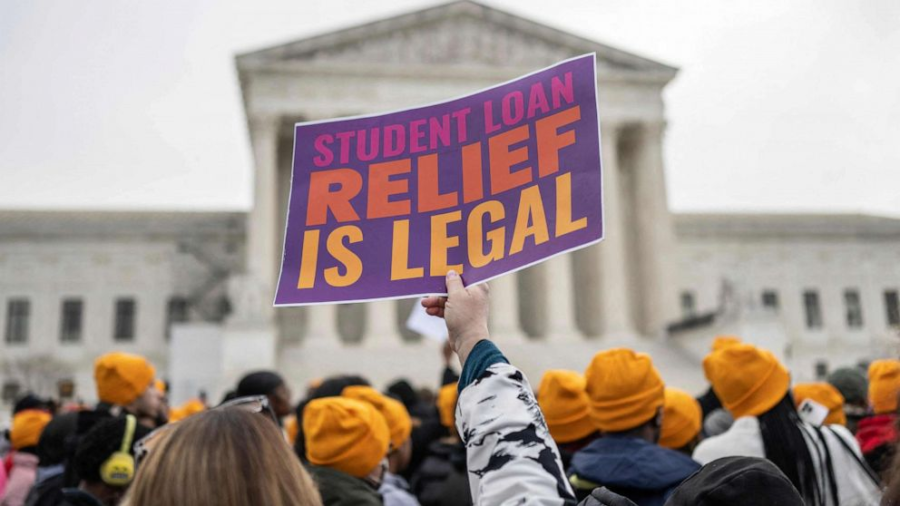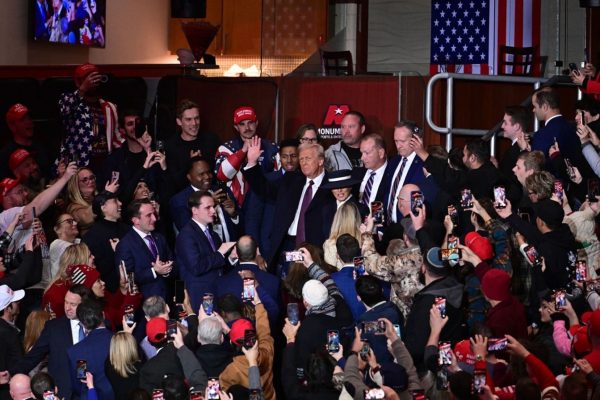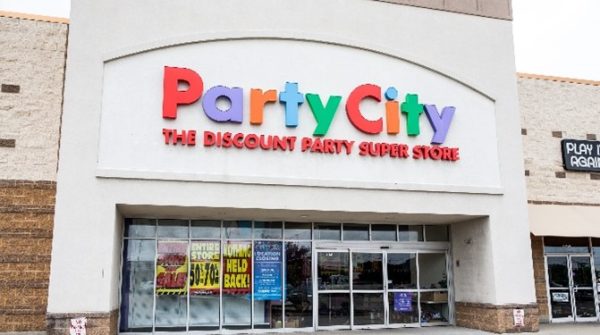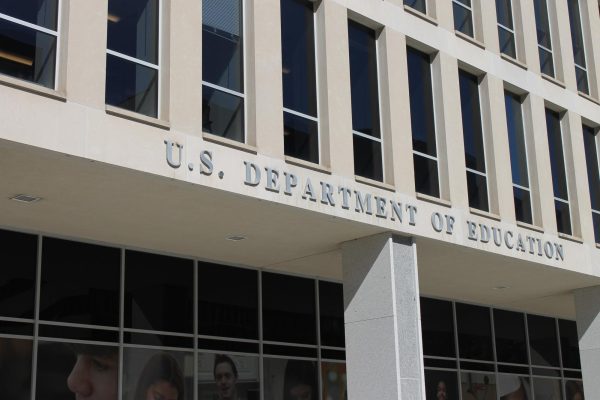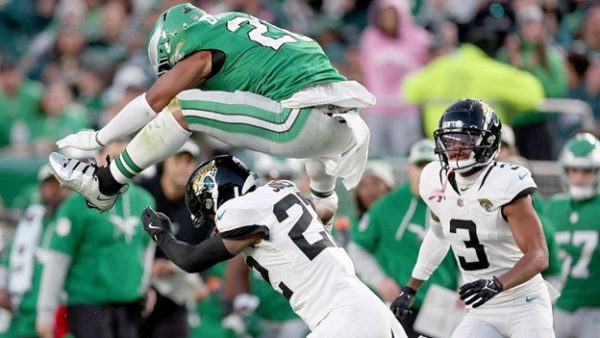Forgive and Forget? Biden’s Loan Forgiveness Plan
First ordered by Trump in 2020 and continuing into President Biden’s term, the student loan repayment pause has been extended multiple times due to pandemic-related economic problems. So, anyone with a federal loan has had to pay zero dollars for the past few years.
In August 2022, as the deadline for the repayment pause approached, the Biden-Harris administration and U.S. Department of Education announced a student debt relief plan to assist loan borrowers with their transition to regular monthly payments, helping adjust them to the sudden and intense pressure brought upon by debt.
Debt, currently being seen as an economic and racial justice issue, tends to put a heavier burden on Black and Hispanic borrowers. On average, their households have less family wealth. Emphasizing this inequality, the administration’s overall goal is to make college more affordable and give everyone equal and fair opportunities.
The plan states that up to $10,000 of debt would be canceled for those with an income below $125,000 and up to $20,000 canceled for Pell Grant students. The plan targets the working and middle class while avoiding those with a high-income, predicting to relieve forty-three million people from debt.
Biden also proposed another income-driven repayment plan, which would reduce monthly loan repayments by half. After twenty years, even if the borrower still had debt, they would not have to pay it back anymore.
Despite the optimistic results expected, efforts are being made to repeal the plan. Since the fall of 2022, the plan has been blocked by many oppositional claims.
Critics dispute the fairness of the plan since it benefits only a small percent of the American population. They are also concerned about the potential billions of dollars that will be granted by forgiving these student loans – money that will have to come from somewhere else.
In February, the Supreme Court heard arguments presented by the six states suing Biden’s plan – Arkansas, Iowa, Kansas, Missouri, Nebraska, and South Carolina – though the case was spearheaded by Nebraska and Missouri.
In the hearing, the states argued that Biden is overstepping his authority by abusing the Higher Education Relief Opportunities for Students Act (HEROES Act). The act, passed after the 9/11 attack, grants the authority to adjust loan payment regulations during a national emergency. To this, Biden replied that the COVID-19 emergency is still ongoing, deeming his plan legal.
The states’ main concern is the effect the plan could have on their economies. Missouri claimed that “If lots of loans are discharged, the Biden plan could end up depriving the state of Missouri of revenue from the Missouri Higher Education Loan Authority (MOHELA).” The court justices used the fact that MOHELA did not join the lawsuit as a defense.
NPR News’ Nina Totenberg concluded, “Unless the court decides that the states have no standing to sue and throws the case out of court, the Biden student loan forgiveness program will likely be struck down.”
Meanwhile, as the Supreme Court hearings occurred, hundreds of advocates and college students rallied in front of the court in support of Biden’s plan. For some, the rally was about “the opportunity for millions of Americans to have a little racial justice, a little economic justice, a little opportunity to build more secure futures going forward.”
For now, the loan payment pause will continue. If the Supreme Court makes a ruling before June 30, 2023, loan payments will begin sixty days after the ruling. If the court does not make a ruling by June 30, payments will begin sixty days after that.

